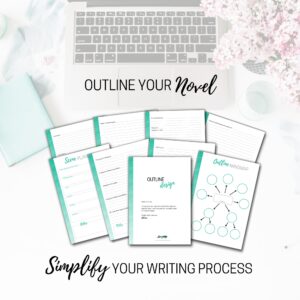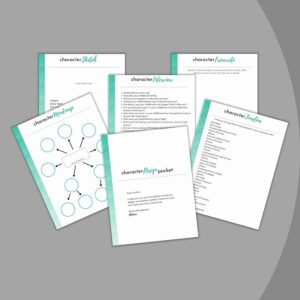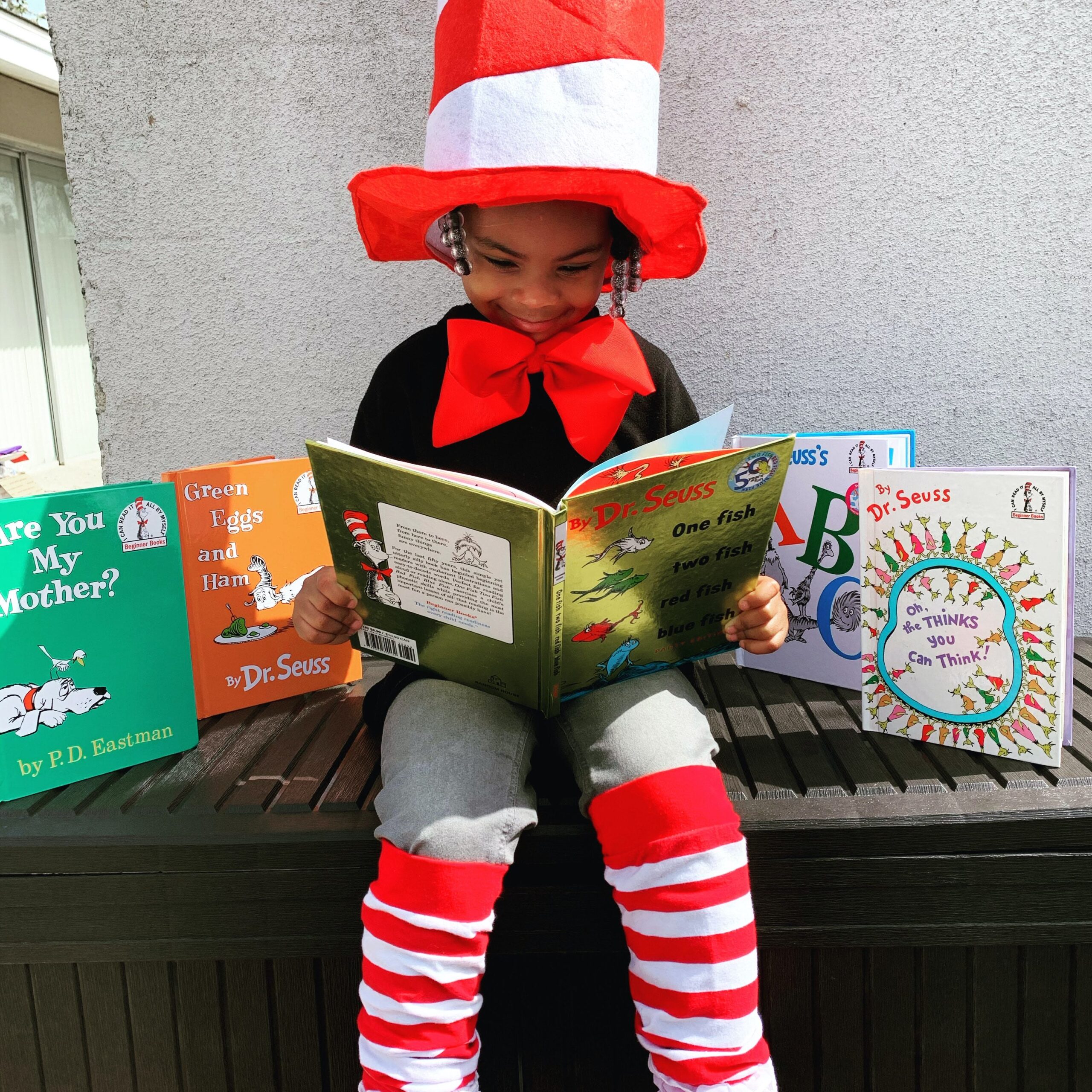
Tips on Writing a Novel: Conflict Fuels the Story
When I first began writing, I was unclear about conflict. I figured it meant that some earth-shattering event had to take place in every scene.
I felt like my novel had to be like the remake of “King Kong.” Have you seen that movie? It’s filled with huge, gigantic, terrible things in almost every scene. By the time I finished that movie, I was exhausted. Too many things. Too much conflict. But I still struggled with the idea of creating conflict and how to include that in my stories.
It was hard for me to think of ever-increasing tragedies. I felt like I was forcing the story. Besides, how many huge conflicts can happen in a novel? (I didn’t want to exhaust readers the way I was exhausted by watching “King Kong”).
Conflict fuels the story. Conflict is like the gas in the car. It makes the whole story run. Without conflict, there is no story. It’s just a string of events. Readers want conflict. They want to see a character struggle. Every story must have conflict or it will fall flat.
But how?
Conflict doesn’t have to be a fist fight or a car accident or a divorce or an earthquake. Conflict can be subtle and seemingly small.
Conflict is simply denying the character his or her goal.
Setting a Goal
Each scene needs a main character and that character needs a goal. If there’s no goal, there really isn’t a scene because without a goal there’s no conflict. Readers want to worry about characters. They want to root for them.
As writers, it’s our job to give readers what they want. Readers can’t worry about, or root for, a character unless they know what that character wants.
The main character(s) should have a main goal for the story, but there should be smaller goals in each scene to keep the story going.
For example, Cora wants the lead in the school play. That’s her main goal. Readers know that almost immediately because Cora tells her best friend in the opening scene that she wants the lead. The whole story will revolve around this goal and at the end, readers will find out whether or not Cora obtained her goal.
In the next scene, Cora comes home and wants to study some lines so she can perform them for her audition–that’s her goal for the scene. But her mother wants her to do the dishes, clean her room, and walk the dog. Cora thinks she won’t have enough time to study her lines. So what do we have? Conflict. Cora wants one thing, but her mother wants something else. There’s no earthquake, no dying relative, no escaped convict threatening their lives, but there’s still conflict because her mother’s insistence to do chores prevents Cora from practicing her lines. Readers will ask themselves, will Cora be able to study her lines?
Another scene may have Cora coming home to practice her lines. This time her mother doesn’t insist she do chores instead, but Cora can’t find the paper with her lines. She looks all over the place, but she can’t find it. Again, we have conflict. The lost paper is preventing Cora from achieving her goal of learning her lines.
Conflict comes when a character is prevented from achieving his/her goal.
Ask yourself: What does my character most want for this story? For each scene ask yourself, what does my character want?
Knowing what your character wants for each scene helps you figure out how to withhold that thing and thus creating conflict.
Creating Conflict
Like I said, every scene must have conflict. When thinking about your story, write down the following for each scene:
- Character
- Goal
- Conflict
- Disaster
If you know the above for each scene, you can be confident that you’re including conflict. For example:
- Character: Josie
- Goal: To make it to a job interview (we already know she needs a job to pay her rent, otherwise she won’t have anywhere to live)
- Conflict: Her car won’t start
- Disaster: She’s going to miss her interview. What can she do? She calls a friend for a ride
This catapults Josie into the next scene filled with conflict:
- Character: Josie
- Goal: Now in her friend’s car, she wants to make it to her job interview
- Conflict: Her friend doesn’t have much gas and has to stop to get gas
- Disaster: Josie will be late for her interview, so she calls her interviewer (but the interviewer can’t take the call)
Do you see how something seemingly small, like a car won’t start or needing gas, can create conflict for a character? And that conflict makes the reader worry. A reader will worry if Josie can make it to her interview, but the readers will also have the overarching worry if Josie will become homeless.
Making a reader worry is good!
Come up with a list of things that get in the way of your character’s main goal as well as the scene goals.
Using Index Cards
I like to use index cards. On each index card, I write a sentence to describe the scene. I also include the character’s goal, what will prevent the character from obtaining said goal (conflict), and what happens as a result (disaster for the character).
When I have written down all the scenes on the index cards, I lay them out on a flat surface and have a bird’s eye view of the entire story. I can immediately see where the conflict is absent and/or where it’s weak.
Deny, Deny, Deny
Remember, conflict is simply denying the character what he/she wants. It doesn’t have to be some major life-altering event. Just deny your character the one thing that would solve his/her problem.
Make sure you include some kind of conflict in each scene to keep readers interested. If there is no conflict there is no story because conflict fuels the story.
3 Top Writing Tips
1. Study the craft.
2. Practice, practice, practice.
3. Never give up.
***Have you received my FREE course: Become an Idea Factory? You can click here to learn more about it. It’s a 7-day course delivered right to your inbox that helps you learn how to generate ideas. I know these techniques work because I use them! Find out more here.
***Do you need help organizing your ideas for your novel? I have developed an Outline Design Packet to help other writers organize their thoughts and arrange scenes so they don’t have to interrupt their writing time. This is what I use to outline my books.

***If you need some help creating your characters, download my free Character Design Packet here. It will help you create compelling, unforgettable characters that will make your story come alive.

***Need help writing your first chapter? Check out my course: Writing a Fantastic First Chapter.
In this course, Writing a Fantastic First Chapter, you will learn what components you need to include in your first chapter to hook readers. With examples and assignments, you will put into practice what you learn and you can ask questions all along the way. A first chapter checklist, a character sheet, and a character interview are all included as downloads.
Don’t try to write a first chapter in the dark. This course will shine the light on what elements you need to help you navigate writing the all-important first chapter, so you can win over readers.
***Do you already have a manuscript? If you can’t afford an editor, you might be interested in Pro Writing Aid Writing Software. This writing software helps you improve your writing to be the best it can be. It’s like having your own private editor for a fraction of the price. You can try it for free for 2 weeks. You can click here to learn more about it.
***This post may contain affiliate links which may compensate me with no additional cost to you.





